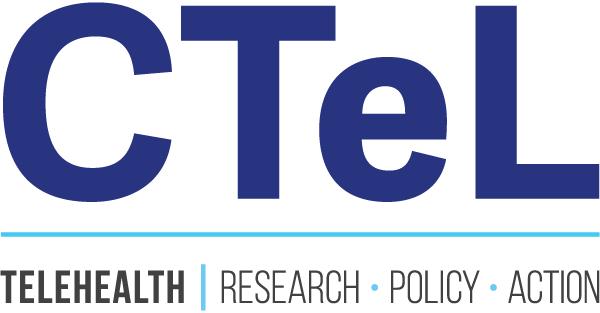CTeL's Recommendations on CMS Policy Changes: Prioritizing Equity in Health AI
As the digital transformation of healthcare continues to reshape the landscape, the Center for Telehealth and e-Health Law (CTeL) is committed to ensuring equitable, ethical, and effective implementation of emerging technologies like artificial intelligence (AI). In response to the Centers for Medicare & Medicaid Services' (CMS) proposed policies for Contract Year 2026, we have provided detailed comments and recommendations aimed at addressing critical challenges in Medicare Advantage (MA) programs and beyond.
Key Highlights from CMS' Proposal
CMS has taken a significant step forward by clarifying that equity and civil rights statutes apply to AI technologies used in Medicare Advantage (MA) plans. This acknowledgment underscores a shared concern about the pervasive risks of algorithmic bias in healthcare. Without proper safeguards, AI systems can inadvertently perpetuate or even worsen existing health inequities.
CTeL strongly supports this clarification and commends CMS for its proactive stance on addressing health injustices tied to AI deployment.
CTeL's Concerns and Recommendations
In alignment with CMS' goals, CTeL has identified specific areas where further action is essential to mitigate risks and promote fairness:
Addressing Algorithmic Bias
CMS must hold healthcare actors accountable for ensuring that AI technologies do not exacerbate inequities. This includes transparent evaluation processes for AI systems and robust oversight mechanisms.
Monitoring AI Utilization in Medicare Advantage Plans
The October 2024 Senate report revealed concerning trends in AI-driven decision-making by MA plans, including using predictive technologies to influence patient admissions and lengths of stay. To address these risks, CTeL recommends:Finalizing CMS' August 2024 proposal to collect prior authorization data by service category, enabling more precise monitoring.
Conducting targeted audits of MA plans that demonstrate notable increases in adverse determination rates, particularly those tied to AI use.
Introducing regulations for utilization management committees to ensure human reviewers remain independent of undue AI influence.
Enhancing Utilization Management Oversight
Predictive technologies should not replace the expertise and judgment of human reviewers in healthcare decisions. By ensuring a balanced approach, CMS can protect patients from inappropriate denials of care.
“We strongly support CMS’ proposal to explicitly clarify that equity and civil rights statutes apply to the use of artificial intelligence (AI) in the administration of Medicare Advantage (MA) plans. ”
CTeL's Role in Shaping AI Policy
CTeL's Artificial Intelligence Blue Ribbon Collaborative brings together experts from medicine, law, and science to holistically examine the opportunities and challenges posed by AI in healthcare. This initiative reflects our commitment to advancing an agnostic, evidence-based approach to addressing the risks and benefits of AI systems in both clinical and administrative settings.
Our work aligns closely with CMS' efforts to enhance transparency and accountability in the use of AI technologies. We are eager to collaborate further to ensure AI systems uphold the principles of equity and fairness in healthcare delivery.
Looking Ahead: Building a Better Future for Health AI
CTeL applauds CMS for tackling the critical issue of AI regulation in healthcare and for opening the door to meaningful dialogue on improving oversight and accountability. By finalizing proposed policies and adopting our recommendations, CMS can lead the way in creating a healthcare system that prioritizes equity, transparency, and trust.
Together, we can ensure that AI fulfills its promise of advancing healthcare for all, without leaving the most vulnerable behind.

